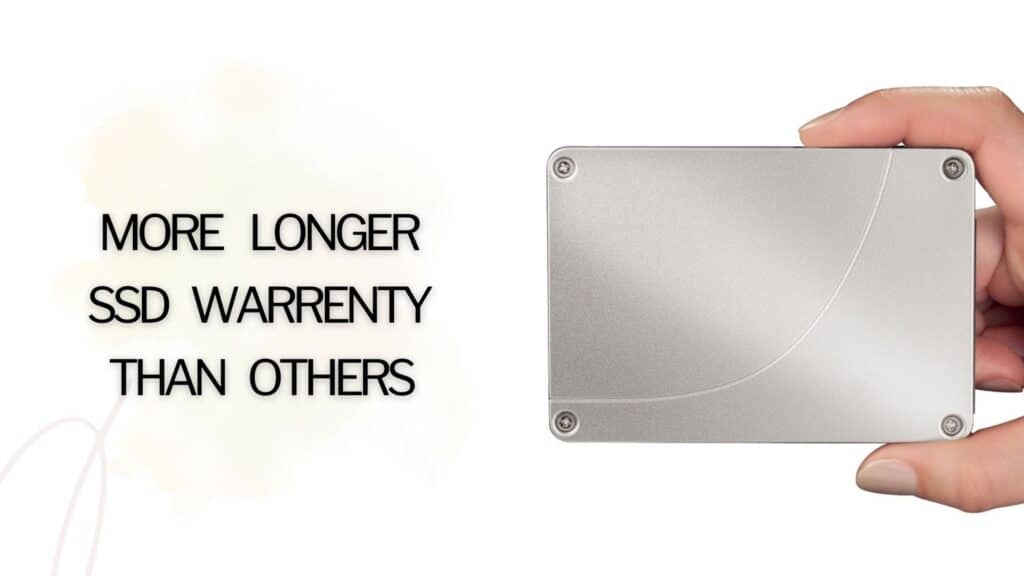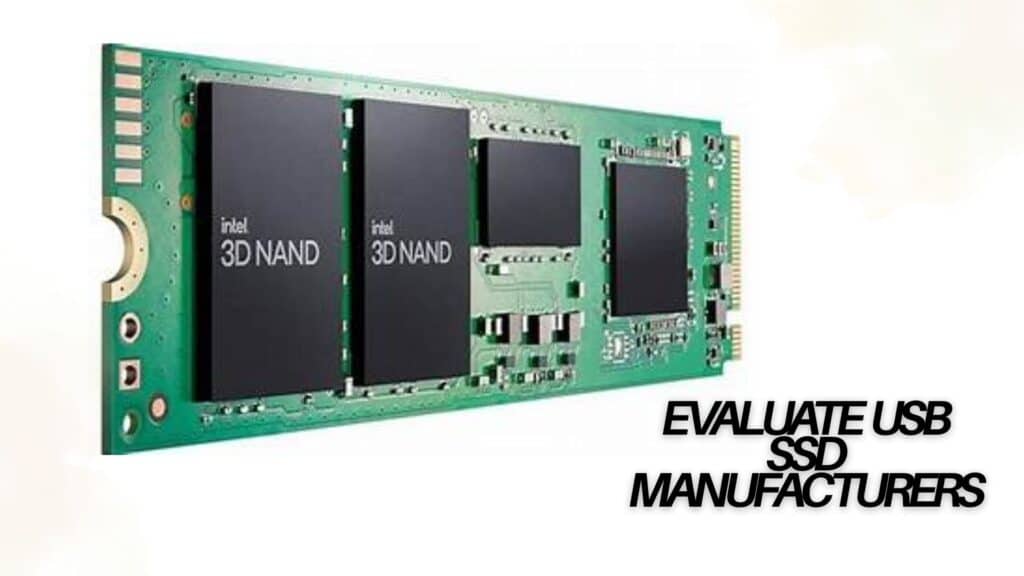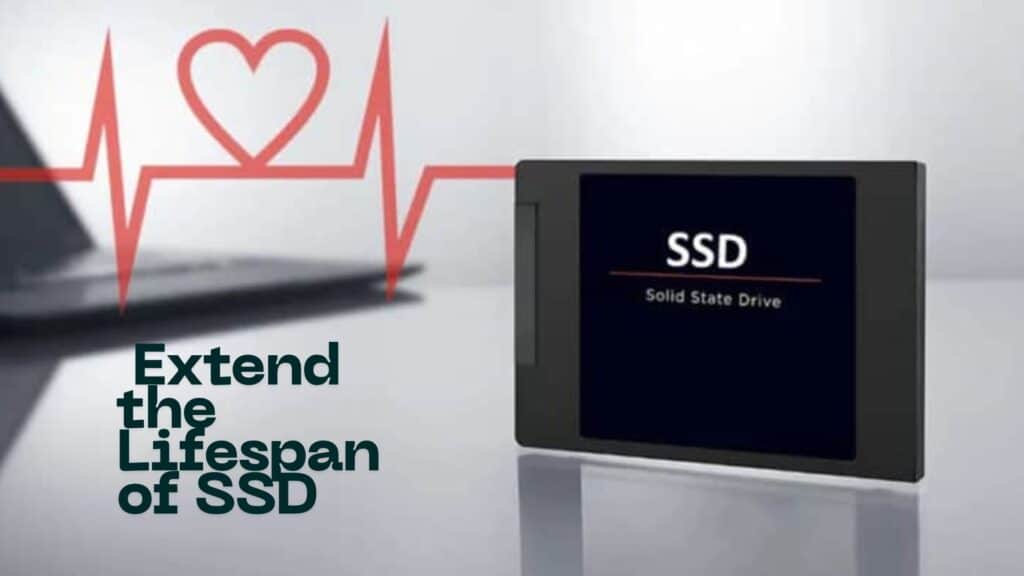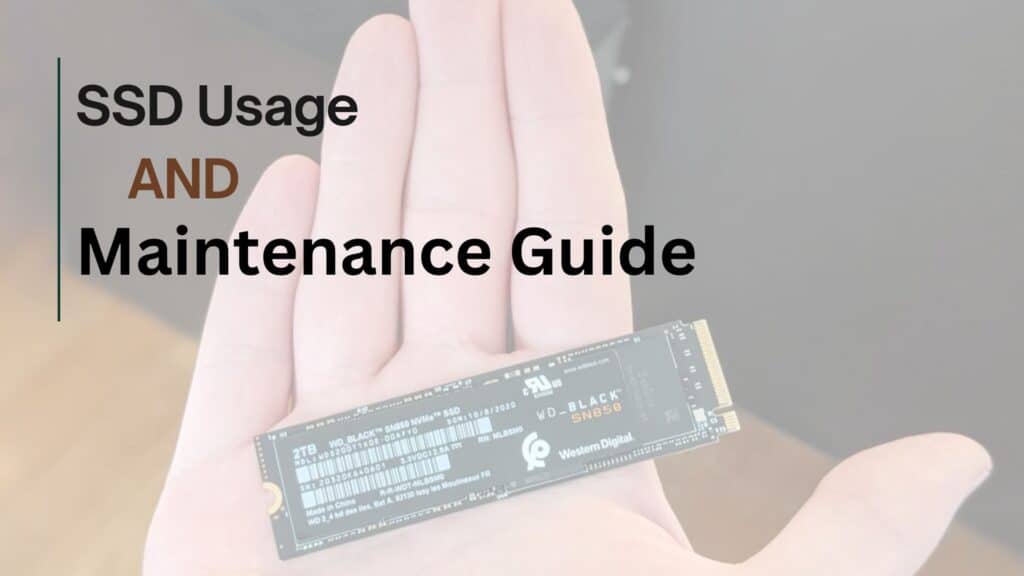The Truth About SSD Endurance Ratings: What You Need to Know
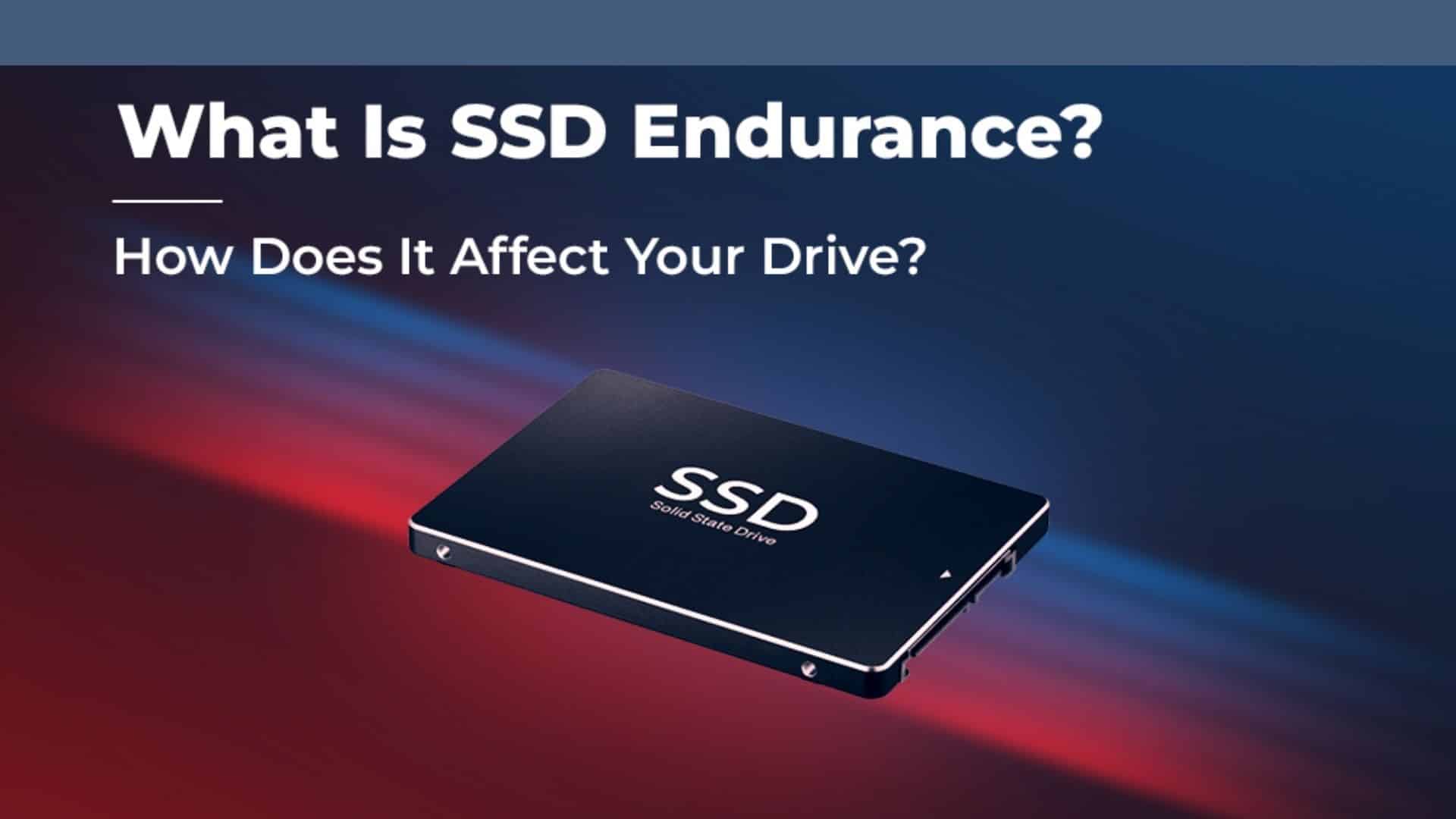
When investing in a storage solution, endurance is one of the most critical factors to consider. Whether you’re using a portable hard drive, an SSD external hard drive, or a high-capacity 2TB external hard drive, understanding SSD endurance ratings is essential to ensure long-term performance and reliability. SSDs are replacing traditional hard drives in many applications due to their speed, durability, and efficiency. However, not all SSDs are created equal, and their lifespan depends on several factors, including write endurance, NAND type, and workload intensity. In this article, we will break down SSD endurance ratings and what they mean for everyday users and professionals.
What Are SSD Endurance Ratings?
SSD endurance ratings measure how much data an SSD can write before it becomes unreliable. Unlike portable hard drives, which rely on spinning disks, SSDs use NAND flash memory, which has a limited number of write cycles. Endurance ratings help users estimate how long their SSD will last under different workloads.
The most common metrics used to measure SSD endurance include:
- Terabytes Written (TBW) – The total amount of data that can be written to the SSD before it reaches the end of its lifespan.
- Drive Writes Per Day (DWPD) – The number of times the entire drive can be written to and erased per day over its warranty period.
- Mean Time Between Failures (MTBF) – The estimated time between hardware failures in hours.
For example, a 2TB external hard drive SSD with a TBW rating of 1,200 TB means you can write 1,200 terabytes of data before the SSD is expected to wear out.
How NAND Flash Affects SSD Endurance
Not all SSDs are the same when it comes to endurance. The type of NAND flash memory used in an SSD external hard drive plays a significant role in determining its lifespan. There are four main types of NAND flash:
1. Single-Level Cell (SLC) – Highest Endurance
- Stores 1 bit per cell
- Offers the highest endurance and fastest performance
- Typically used in enterprise-grade SSDs
2. Multi-Level Cell (MLC) – Balanced Performance
- Stores 2 bits per cell
- Faster than TLC but with lower endurance than SLC
- Used in high-end consumer and enterprise SSDs
3. Triple-Level Cell (TLC) – Most Common for Consumers
- Stores 3 bits per cell
- Lower cost but reduced endurance compared to MLC
- Found in most consumer-grade SSDs, including many portable hard drives
4. Quad-Level Cell (QLC) – Budget-Friendly but Lower Endurance
- Stores 4 bits per cell
- Lower endurance and speed but affordable
- Often used in large-capacity SSDs like a 2TB external hard drive
The endurance of an SSD largely depends on the type of NAND flash it uses. If you require an SSD for frequent high-intensity workloads, opting for MLC or SLC-based drives can significantly extend its lifespan.
How Workloads Impact SSD Endurance
Different types of users will experience varying SSD lifespans based on their workloads. The amount of data written to an SSD external hard drive daily affects how long it will last.
✔ Light Workloads (General Users)
- Browsing, office work, occasional file transfers
- Minimal writes per day
- Even low-end SSDs can last for years
✔ Moderate Workloads (Gamers, Content Creators)
- Gaming, video editing, frequent file transfers
- Moderate daily writes
- Mid-range SSDs with TLC NAND are a good option
✔ Heavy Workloads (Enterprise, Data Centers)
- Large-scale databases, 4K video production, scientific computing
- Constant heavy writes
- High-endurance NVMe SSDs with MLC or SLC NAND recommended
If you’re using a 2TB external hard drive SSD for casual file storage, you likely won’t reach its endurance limits for many years. However, professionals writing terabytes of data daily should consider SSDs with higher TBW ratings.
Comparing SSD Endurance to Traditional Hard Drives
Some users wonder whether SSDs last longer than portable hard drives. While SSDs have limited write cycles, they often outlast traditional HDDs due to their lack of moving parts.
| Feature | SSD External Hard Drive | Portable Hard Drive (HDD) |
| Durability | No moving parts, shock-resistant | Moving parts, prone to failure if dropped |
| Speed | 5-10x faster than HDDs | Slower read/write speeds |
| Endurance | Limited write cycles, but reliable | Mechanical wear and tear over time |
| Power Consumption | Low | Higher power usage |
If longevity is a concern, SSDs are generally a better choice than HDDs for reliability and performance, especially for frequent travelers or professionals working in demanding environments.
How to Extend the Lifespan of Your SSD
Even though SSDs have a finite lifespan, there are ways to extend their endurance:
1. Enable TRIM Support
TRIM allows the operating system to inform the SSD which data blocks are no longer in use, improving performance and longevity. Most modern operating systems enable TRIM by default.
2. Avoid Filling the Drive Completely
Leaving at least 10-20% of free space on your SSD external hard drive helps the drive manage wear leveling and garbage collection more effectively.
3. Reduce Unnecessary Writes
Frequent overwriting of data accelerates NAND wear. Try to minimize unnecessary file transfers, especially for high-capacity SSDs like a 2TB external hard drive.
4. Update Firmware Regularly
Manufacturers often release firmware updates that improve endurance and performance. Checking for updates can help prolong your SSD’s lifespan.
5. Use SSDs for the Right Tasks
While SSDs are great for speed and reliability, they aren’t always ideal for long-term cold storage. If you need a backup solution with infrequent data access, a portable hard drive (HDD) may be a more cost-effective option.
Should You Be Concerned About SSD Endurance?
For most users, SSD endurance is not a major concern. Even consumer-grade SSDs with TLC NAND have TBW ratings that far exceed normal usage patterns.
✔ If you’re using an SSD as your primary system drive, it will likely last 10+ years under normal conditions.
✔ If you’re buying an SSD external hard drive for backups, your write usage will be minimal, further extending its lifespan.
✔ If you’re a heavy user or enterprise professional, choosing high-endurance SSDs with MLC or SLC NAND is a wise investment.
Unless you’re continuously writing large volumes of data, most SSDs will outlast their warranties and provide years of reliable service.
Conclusion
SSD endurance ratings are an important factor when selecting the right storage solution, but they should not be a major concern for most users. Whether you use a portable hard drive, an SSD external hard drive, or a 2TB external hard drive, understanding TBW, DWPD, and NAND types will help you make an informed decision.
SSDs offer significant advantages over HDDs, including speed, reliability, and durability. By selecting an SSD with a suitable endurance rating and following best practices for maintaining its lifespan, you can enjoy long-lasting, high-performance storage without worry.
If you need a fast, durable, and reliable storage option, SSDs are the future—and they’re here to stay.


